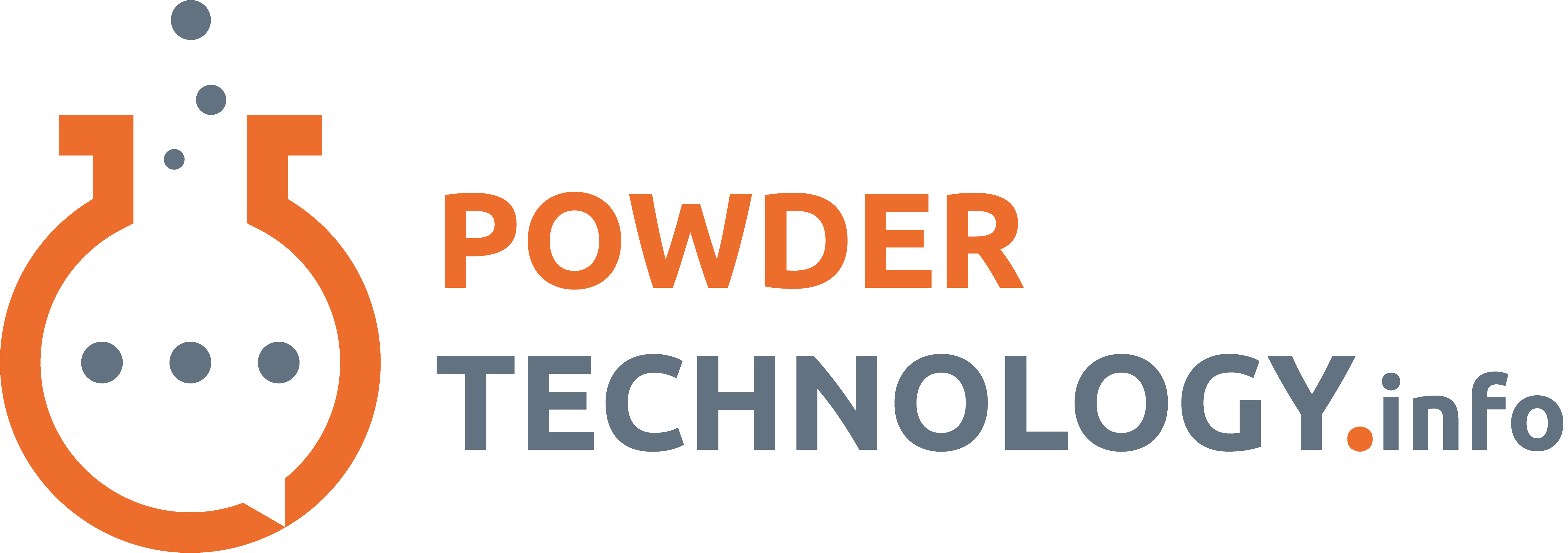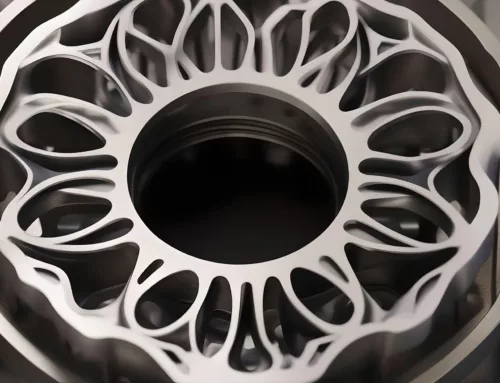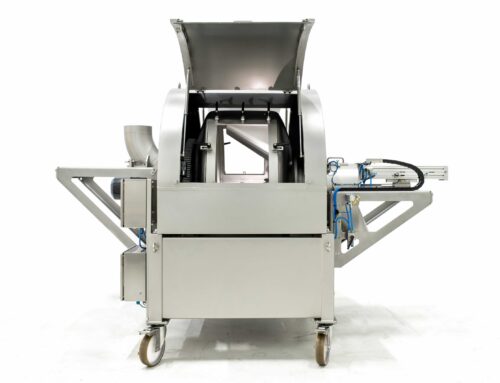In a major step toward cleaner energy, RIFT (Renewable Iron Fuel Technology), a spin-off from Eindhoven University of Technology (TU/e), is testing a revolutionary iron fuel system to heat 500 homes in Helmond, Netherlands. Partnering with Ennatuurlijk, RIFT aims to prove iron powder’s potential as a fossil fuel alternative, with zero CO2 emissions.
A Circular Fuel System
The one-megawatt system burns iron powder to release heat, which is then used in the local heat network. What remains is rust, or iron oxide. Using hydrogen, the rust is converted back into iron powder, creating a closed-loop, renewable energy cycle. The boiler is located in Helmond, while the facility to “recharge” the rust is in Arnhem—marking a world-first in this technology.
Advantages of Iron Fuel
It produces no CO2 and releases far less nitrogen than coal or gas. With its high energy density, a cubic meter of iron powder holds as much energy as 11 cubic meters of compressed hydrogen. Unlike hydrogen, iron powder is easy to store and transport. It also avoids the energy loss seen in battery storage.
Scaling for Industry
Mark Verhagen, CEO of RIFT, sees iron fuel as crucial for industries and heating networks. “Our current energy grids can’t meet industrial demand alongside household needs,” Verhagen says. “Iron powder offers a real alternative.”
This pilot builds on the work of TU Eindhoven’s SOLID student team, which has developed iron fuel technology since 2015. A successful test at Swinkels brewery in 2020 used iron powder to generate the heat needed for brewing. Now, RIFT is working to scale the system for commercial use, aiming to build a five-megawatt power plant within two years.
A Path to Cleaner Energy
Iron fuel could be key in reducing heavy industry’s carbon footprint, joining wind, solar, and hydrogen in the race for sustainable energy




